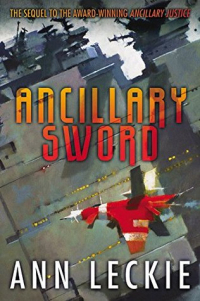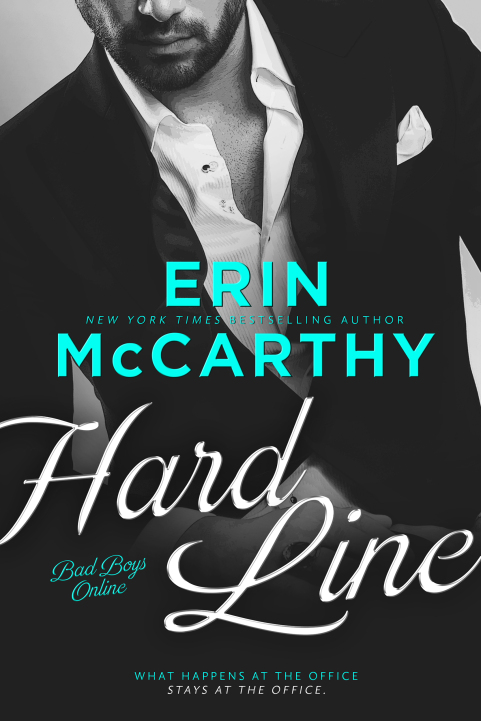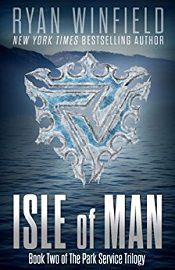My joy of advanced sections during the August Reading Institute at the #TCRWP centers around the thoughtful and deliberate choice of sections to meet my needs. As soon as I saw this title I was hooked because of the focus on “progressions” and “independence”. Transfer is always in the back of my mind as well. If a student doesn’t transfer the literacy work to both other content areas AND life, a lot of time has been wasted for minimal gains.
“Using Learning Progressions and Performance Assessments to Increase Student Skills and Independence” – Kelly Boland Hohne
On Day 1, less than 30 minutes into our first session, we were unpacking a strand. In a group of five other new friends, digging deeper into the meaning of just one reading strand with this process:
Unpacking a strand – do 3 things
I appreciate so many things about the #TCRWP Institutes as the brilliant staff developers each have a different style. And though my brain felt like it was melting, I was so excited (and yet a bit apprehensive) about digging into this work immediately. As in one strand with gradual release (Teacher modeling, Group Practice) and then a second strand in our group with constant check ins and support (if needed). All On Day One! I think this was the point where I tweeted out that I was getting my $$$ worth at #TCRWP. However, it could also be where I first thought it, but had zero seconds to actually tweet it out! The pace is not for the faint at heart!
When dealing with the progressions: Do I have to do everything listed in the level to be “in” the level? (Have you ever had this question about the rubrics or the checklists?)No, No, No. You just need to do more than the previous level. This is why demonstration texts are critical. If and when you make the thinking and the writing visible, students can figure out how to rise to the next level. However, teachers do need to unpack these strands themselves for deep understanding. Making a copy of someone else’s chart does NOT give you the background knowledge to help a student. After all you, as a teacher, are more flexible when you understand the tool which is why you need to do this work yourself.
Where might you begin? Which progressions stand out?Focus on some key strands to begin with because they are repeated a lot (via Kelly Boland Hohne):
Literal – Envisioning/Predicting
Interpretive – Character Response/Change
Interpretive – Determining Themes/Cohesion
Analytical – Analyzing Parts of a Story in Relation to the World
Analytical – Analyzing Author’s Craft
We worked on these topics in small groups. Our group focused on “Character Response/Change”, What does this look like across grades? What would a demonstration piece of writing look like across the grades? Here’s what the draft of my chart looks like!
 As we use the chart, it’s highly probable there will be some revisions. It’s also possible that there will be continued discussion about “quantity” and “quality” of responses. Those are some of the common issues in trying to measure/assess learning. The key is to:
As we use the chart, it’s highly probable there will be some revisions. It’s also possible that there will be continued discussion about “quantity” and “quality” of responses. Those are some of the common issues in trying to measure/assess learning. The key is to:
- Make a plan.
- Think about the information you plan to use.
- Work collaboratively to consider theories about student work.
Making the invisible visible in reading comprehension is a lofty, noble and worthwhile goal. It CANNOT be handed to you in a book, a set of standards, or even a set of progressions. The meaning comes from digging into the work.
What work are you doing to build students’ independence? Transfer? How will you know you are on the learning journey? How will you know when you are successful?
Advertisements Share this:
- More





